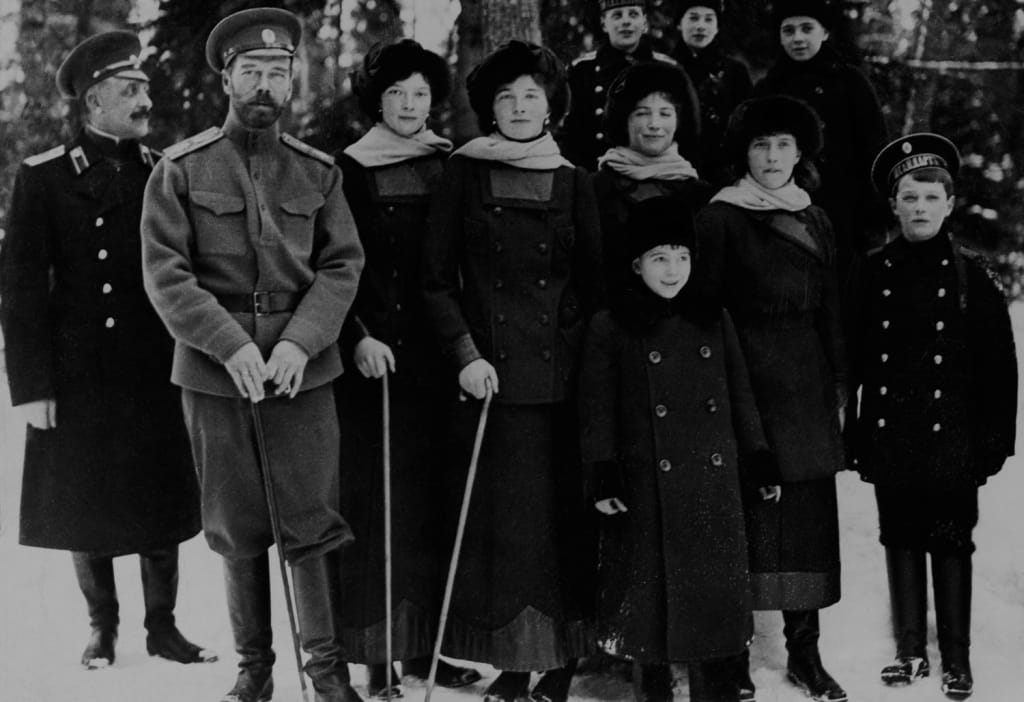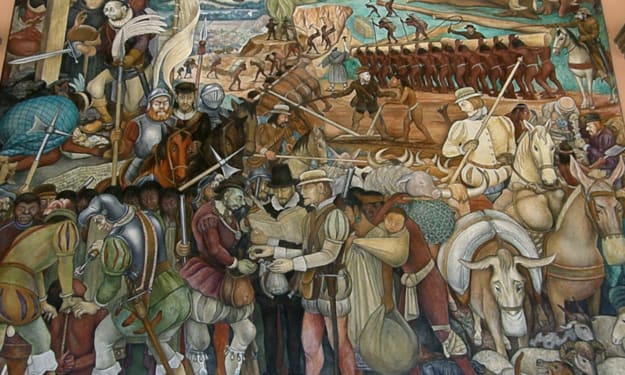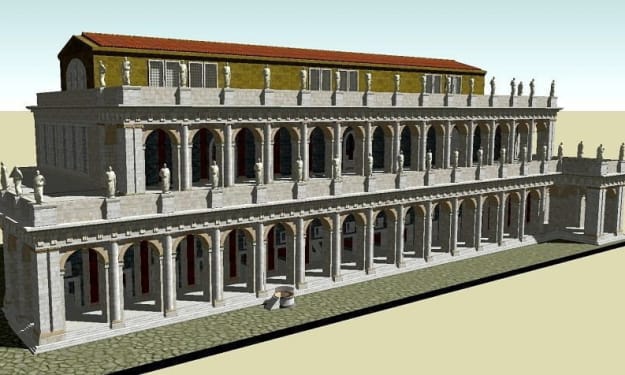"From Tsars to Soviets: Russia's Century of Transformation"
Russia's Evolution from Tsars to Soviets

In the vast expanse of history, Russia's journey from the era of Tsars to the establishment of the Soviet Union stands as a testament to a century of profound transformation, upheaval, and societal reconfiguration. The narrative unfolds against a backdrop of imperial grandeur, revolutionary fervor, and the seismic shifts that ultimately reshaped the trajectory of the largest country on Earth.
The tale commences in the late 19th century when Russia, under the autocratic rule of the Romanov Tsars, stood as a vast empire stretching from Europe to Asia. The Tsars wielded absolute power, and the Russian Orthodox Church was intricately woven into the fabric of the state. The aristocracy reveled in opulence, while the vast majority of the populace toiled under the burdens of serfdom and poverty.
The winds of change, however, gained momentum in the early 20th century. The strains of World War I exposed the vulnerabilities of the imperial regime, exacerbating social unrest and economic woes. The February Revolution of 1917 marked a critical turning point as widespread discontent coalesced into mass protests, leading to the abdication of Tsar Nicholas II.
Following the February Revolution, a provisional government assumed control, but its grip on power proved tenuous. Meanwhile, another force emerged on the stage of Russian history—the Bolsheviks, led by Vladimir Lenin. The October Revolution of 1917, according to the Julian calendar, witnessed the Bolsheviks seizing power in Petrograd, heralding the establishment of a socialist state.
The subsequent years were marked by a bitter civil war between the Bolsheviks (Reds) and their adversaries, the White Army. The conflict, exacerbated by foreign intervention, wrought devastation across the country. Yet, by 1922, the Red Army emerged victorious, consolidating Bolshevik control.
The triumph of the Bolsheviks paved the way for the establishment of the Union of Soviet Socialist Republics (USSR) in 1922, a geopolitical entity that would span diverse landscapes and cultures. The early years of Soviet rule were characterized by ambitious economic policies, including the New Economic Policy (NEP) that sought to revive the war-ravaged economy.
The transformative zeal of the Soviet leadership extended beyond the economic sphere. Cultural and social norms underwent radical shifts as the Bolsheviks endeavored to create a new, classless society. The Russian Orthodox Church, once a pillar of imperial authority, faced severe persecution as the state embraced atheism.
The 1930s witnessed a darker chapter in Soviet history with the advent of Joseph Stalin's rule. The ambitious program of industrialization, known as the Five-Year Plans, propelled the Soviet Union into a global industrial power but at an immense human cost. The forced collectivization of agriculture led to widespread famine, and political purges saw millions arrested, exiled, or executed.
World War II brought unprecedented challenges as the Soviet Union faced the brunt of the Nazi onslaught. The Eastern Front became a crucible of brutality and resilience, with the Soviet Union ultimately emerging victorious but at an enormous human toll. The war's aftermath solidified the Soviet Union's status as a superpower, with its sphere of influence extending across Eastern Europe.
The post-war years were characterized by the Cold War, a geopolitical standoff between the United States and the Soviet Union. The ideological and political rivalry played out on a global scale, with proxy conflicts in Korea, Vietnam, and beyond. The space race became a symbolic battleground, culminating in the Soviet Union's historic achievement of launching the first artificial satellite, Sputnik, in 1957.
The latter half of the 20th century witnessed a thaw in the Cold War, marked by periods of détente and increased diplomatic engagement. However, the internal challenges facing the Soviet Union became increasingly apparent. Economic stagnation, political dissent, and demands for greater autonomy from constituent republics eroded the foundations of the Soviet state.
The winds of change reached a crescendo in 1991 when a failed coup against Soviet leader Mikhail Gorbachev precipitated the collapse of the Soviet Union. On December 26, 1991, the red flag over the Kremlin was replaced by the tricolor of the Russian Federation, marking the end of a century of transformations.
As Russia navigated the complexities of the post-Soviet era, it grappled with the legacy of its imperial past and the seismic shifts of the 20th century. The road from Tsars to Soviets was fraught with tumult, sacrifice, and the undying quest for a new societal order. It was a century that witnessed the rise and fall of empires, the clash of ideologies, and the indomitable spirit of a people traversing the vast landscape of change.
About the Creator
Andrew
I collect whispers of dreams and spin them into tales. Let me unlock the doors of your imagination. Come, turn the pages and wander through the worlds I weave.
Enjoyed the story? Support the Creator.
Subscribe for free to receive all their stories in your feed. You could also pledge your support or give them a one-off tip, letting them know you appreciate their work.






Comments
There are no comments for this story
Be the first to respond and start the conversation.